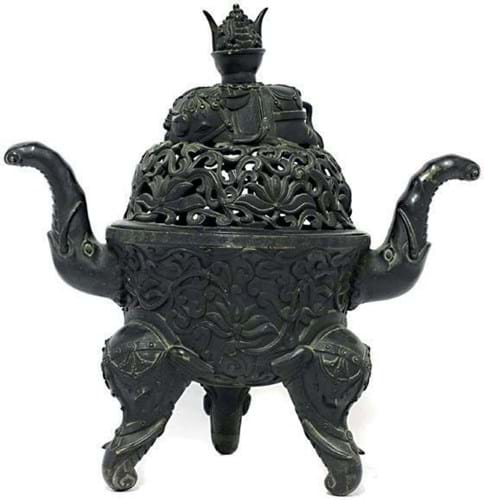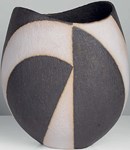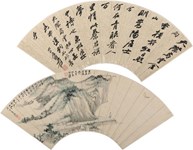The silk kepi scroll, dating from the 19th century, depicts the folkloric peach festival, a highly auspicious event held once every 6000 years at the celestial Jade Palace in Paradise.
It shows a pantheon of Daoist immortals and deities celebrating as the goddess Xiwangmu, Queen Mother of the West, descends gracefully from the sky seated astride her phoenix. As part of her birthday festivities she bestows on her followers great fortune and perhaps one of the peaches of immortality. Objects on the theme are favourite birthday gifts in China.
Purchased by the London vendor in Hong Kong in the 1980s, it was entered for sale with a guide of £8000-10,000. The buyer was from Austria.
Scottish engineer in China
A collection of Chinese textiles came with an exceptional provenance. The nine lots, including embroidered silk garments and panels, had been consigned by descendants of William Orr Leitch (1871-1948), a Victorian engineer who left Scotland in 1897 to work on the Chinese government railway.
The Leitch family remained throughout the Boxer Rebellion, periods of Japanese rule and the civil war. However, they later returned to Edinburgh taking up residence in Gordon Square where they furnished a home with many treasures.
Among the pieces retained by the family was a Qing dynasty (1644- 1911) embroidered kesi red and black robe, a luxury garment decorated with the auspicious motifs of butterflies and double gourds. To the hem is a splendid border of rocks and precious objects among waves while borders of key fret are picked out in gold thread. It carried an estimate of £1500-2500 but sold to a Chinese buyer at £6200.
Sold online at £11,000, this time against an estimate of £300-500, was another example of Qing courtly dress: an official’s hat with a jade and glass ball finial offered together with a hardstone beaded chaozhu necklace consisting of 108 beads with spacers and pendant drops.
Censer and screens
Two Chinese works from a London private collection formed in the middle of the 20th century were also well received. A bronze censer and cover with elephant feet, handles and a recumbent elephant finial sold at £7000 to a Chinese buyer.
Standing 19½in (50cm) high, it had an honorific four-character Xuande seal mark but probably dated from the 18th or 19th century.
A pair of celadon jade table screens, each on a tall hardwood stand carved as a recumbent buffalo, were shaped to one side with ducks among weeds below an inscription and a four-character Qianlong seal mark. These too made £7000, this time selling to a London buyer.

















